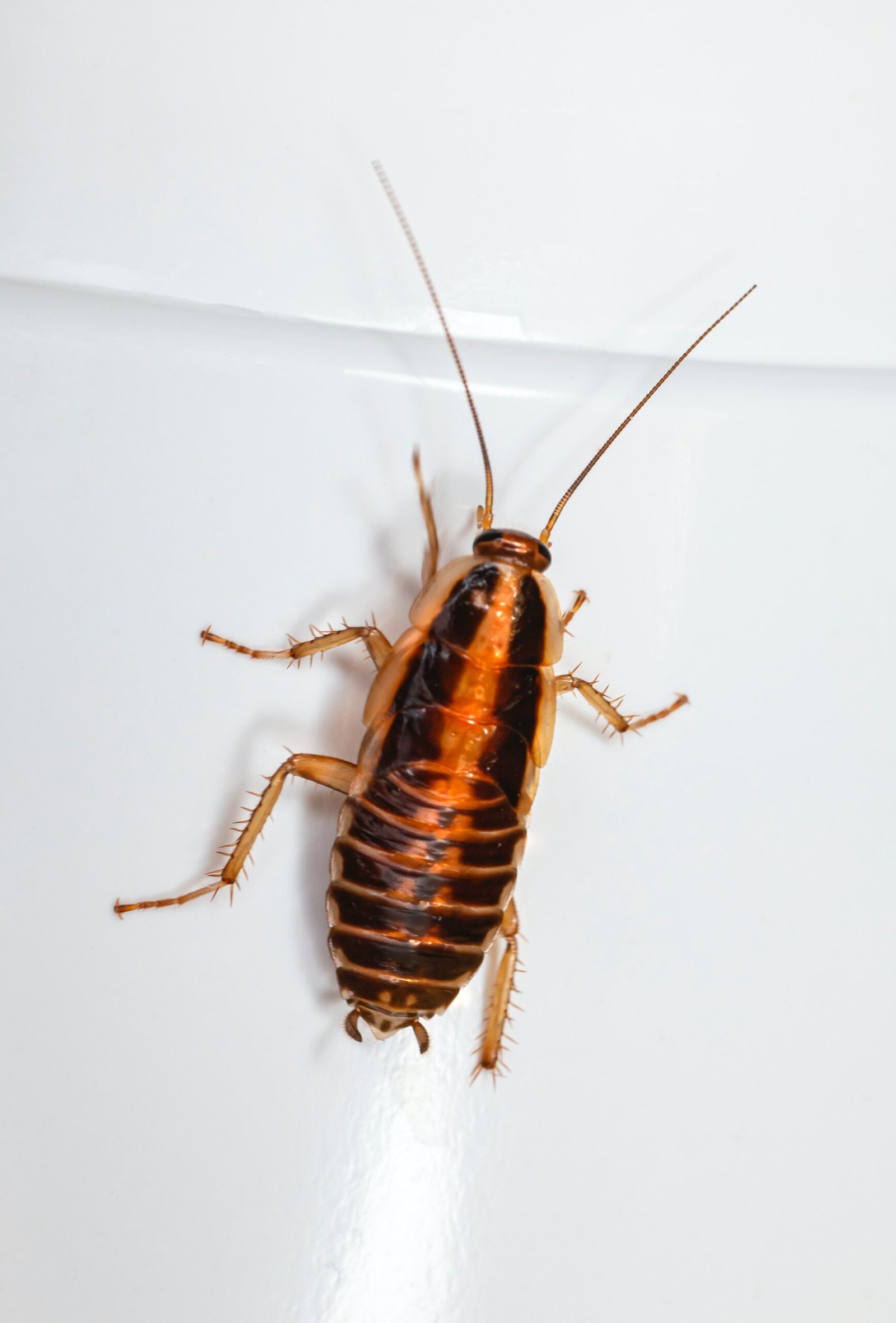Understanding Cockroaches: Pests That Refuse to Leave
When it comes to unwelcome guests in our homes, cockroaches are right at the top of the list. These resilient pests have been around for millions of years and have adapted to survive in various environments. Unfortunately, that means they can thrive in our homes too. Also known as Tilchatta or Telchatta in India.
The Dangers of Cockroach Infestations
Aside from being a nuisance, cockroaches pose several health risks. They are known carriers of bacteria, viruses, and parasites that can cause diseases such as salmonella, dysentery, and even asthma. Their droppings and shed skin can also trigger allergies and asthma attacks, especially in children and individuals with respiratory conditions.
Preventing Cockroach Infestations
Proactively averting a potential infestation is consistently more effective than addressing a widespread issue; thus, the following tips offer guidance on preventing the presence of cockroaches.
1. Keep Your Home Clean and Tidy
Cockroaches are attracted to food sources, so it’s crucial to keep your kitchen and dining areas clean. Wipe down countertops, sweep or vacuum floors regularly, and store food in airtight containers. Don’t forget to take out the trash regularly and clean up any spills or crumbs immediately.
2. Seal Entry Points
Examine your residence for potential cracks or openings in the walls to ensure structural integrity and maintain a secure living environment. windows, and doors. Cockroaches can squeeze through tiny openings, so sealing these entry points will help prevent them from entering your home. Use caulk or weatherstripping to seal gaps and repair any damaged screens.
3. Eliminate Moisture Sources
Cockroaches are also attracted to moisture. Fix any leaking pipes, faucets, or appliances, and ensure proper ventilation in areas prone to dampness, such as bathrooms and basements. Using dehumidifiers can also help reduce humidity levels.
4. Declutter Your Home
Clutter provides hiding spots for cockroaches, making it harder to detect and eliminate them. Regularly declutter your home, especially in areas where cockroaches are commonly found, such as basements, attics, and storage areas. Clear away accumulations of newspapers, cardboard boxes, and any other superfluous items.
Dealing with Cockroach Infestations
If you already have a cockroach infestation, don’t panic. Here are some steps you can take to eliminate them:
1. Identify the Problem Areas
Begin by pinpointing the locations where cockroaches exhibit the highest level of activity, and be vigilant in recognizing indicators of their presence, including fecal matter, egg casings, or a distinctive musty smell. Common hiding spots include dark corners, behind appliances, and in cracks and crevices.
2. Use Cockroach Baits and Traps
Cockroach baits and traps are effective in reducing infestations. Place them in areas where cockroaches are likely to travel, such as along baseboards, behind appliances, and in cabinets. Follow the instructions carefully and replace baits regularly.
3. Contact a Pest Control Professional
If the persistence of the infestation persists or if confronted with a severe cockroach issue, it’s best to seek help from a pest control professional. They have the expertise and tools to effectively eliminate cockroaches and prevent future infestations.
Conclusion
Cockroaches go beyond being mere nuisances, presenting substantial health hazards. By following preventive measures and taking swift action if an infestation occurs, you can keep your home cockroach-free. Remember, a clean and tidy home, along with regular maintenance, is the key to keeping these unwanted pests at bay.
Stay vigilant and take the necessary steps to protect your home and family from these resilient creatures. With the right approach, you can ensure a pest-free living environment for everyone.

Leave a Reply